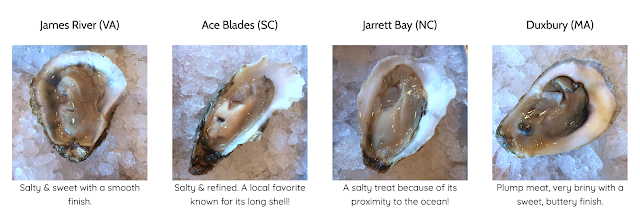Episode 53 18th Century Gardens - For Use or Delight

Listen to "053 18th Century Gardens - For Use or Delight - 7:19:22, 2.48 PM" on Spreaker. Link to the Episode: 18th Century Gardens - For Use or Delight Like American food, there will never be one sort of American Garden. We have too many influences and imports at our fingers. But looking back at some early sources will always be interesting. The prominent sources of garden ideas in 18th century were traditional European knot gardens, Islamic sectioned gardens (though the central water pool or fountain was less common) and the naturalistic gardens depicted on imported Chinese porcelain. Knot gardens often make use of hedges to outline other plants, but are always made of geometric shapes and are arranged symmetrically on at least one axis. Islamic gardens were walled, and typically arranged around a central water feature. Trees - fruit, nut and flowering - along with palms are included along with plants and hedges. The use of walled beds was typical Garden scen...




